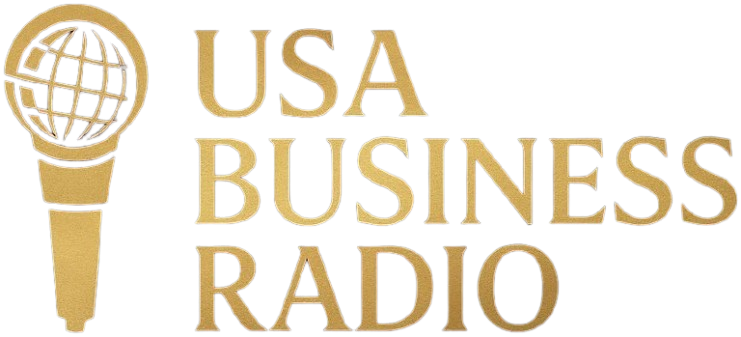As airline demand continues to soar, US airlines are struggling to meet demand. Increased fuel costs and pilot shortages are blamed for high cancellations and delays. As a result, many airlines are cutting thousands of seats from their schedules. However, the airlines are still struggling to find new workers and are facing difficulties managing their workforce. Even after this crisis, airline workers are worried that this trend could continue.
Many pilots have resigned and unionized airline workers are demanding more flexibility. While federal law prohibits strikes, airlines are forcing pilots to work more shifts and longer hours to meet minimum contract requirements. The pilots’ union, ALPA, has filed lawsuits against both the airline and the pilots union, alleging that the airline hasn’t negotiated a full contract since 2013. The pilots’ union has also written the airlines, demanding that they negotiate a fair contract.
A shortage of pilots has been blamed on several factors. The pandemic has reduced the lure of airline pilot jobs. Airlines are using early retirements to cut costs. Some schools are cutting pilot training programs, leaving a huge gap at the entry-level. According to the Allied Pilots Association, the shortage of pilots is not the result of apathy, but rather, a lack of resources.
While the US airline industry has benefitted from an improved revenue environment, the cost of passenger travel is rising, leaving smaller airlines more vulnerable to service cuts. Regional jets and aircraft with higher unit costs often get parked, leaving smaller airlines with no choice but to cut service. In addition, the high unit costs mean that fewer airlines are competing for a few larger markets. If these factors continue, the US airline industry will have to consider reducing its hub size in order to improve profitability.
In addition to increasing fuel costs, pilot shortages are affecting smaller carriers as well. For example, Seattle-based Alaska Airlines has reported that pilot shortages began to hit its operations in April, and it is attempting to hire 700 additional employees by June. In addition, American Airlines and Delta seem to have perennial pilot shortages.
Another factor that is contributing to pilot shortages is an aging workforce. The airline industry relies heavily on early retirements in some areas to save costs. But now, this trend could permanently decrease the supply of pilots. This, in turn, will discourage potential pilot candidates from entering an industry that is cyclical in nature. Moreover, the burgeoning middle class in the United States is demanding rapid expansion of capacity.




